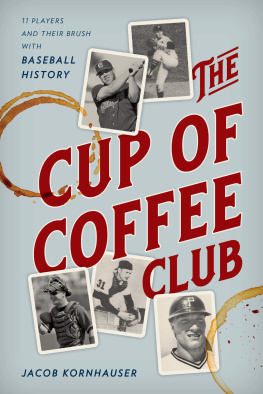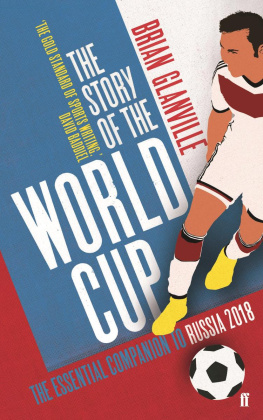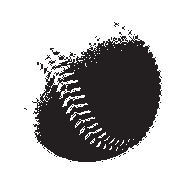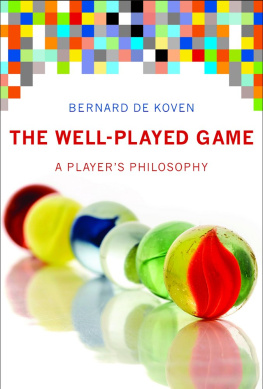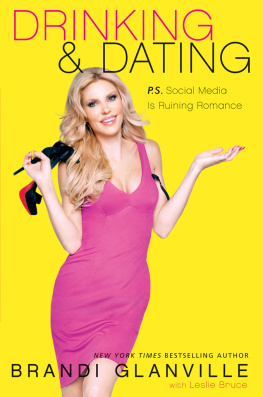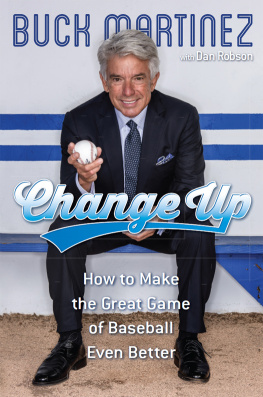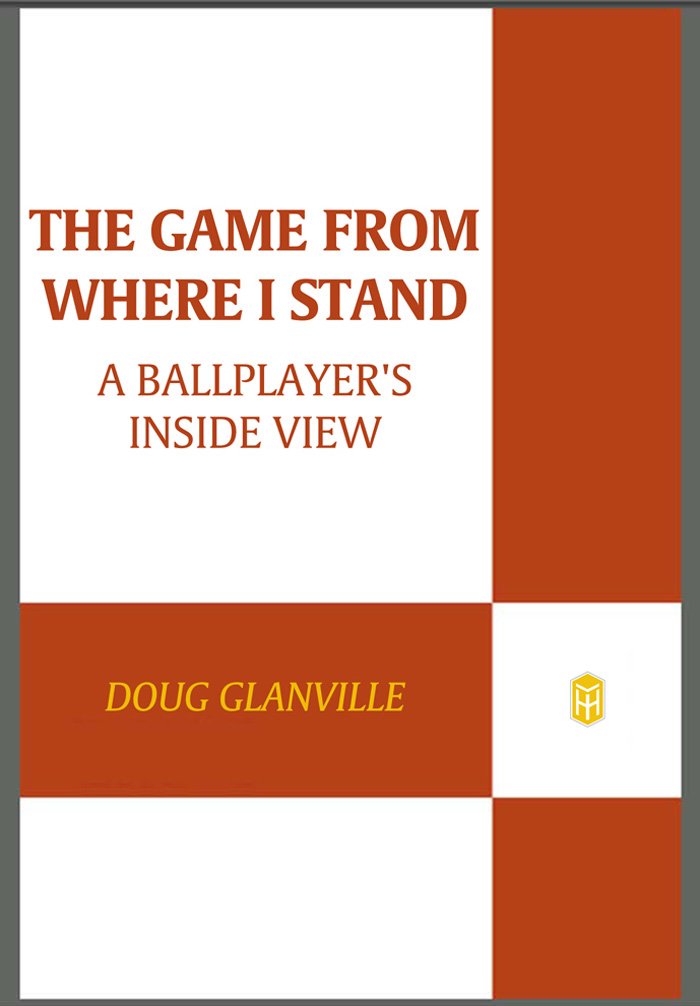THE GAME FROM WHERE I STAND
THE GAME

WHERE I STAND
A BALLPLAYERS INSIDE VIEW
DOUG GLANVILLE
TIMES BOOKS HENRY HOLT AND COMPANY NEW YORK

Times Books
Henry Holt and Company, LLC
Publishers since 1866
175 Fift h Avenue
New York, New York 10010
www.henryholt.com
Henry Holt is a registered trademark of
Henry Holt and Company, LLC.
Copyright 2010 by Doug Glanville
All rights reserved.
Distributed in Canada by H. B. Fenn and Company Ltd.
Library of Congress Cataloging-in-Publication Data
Glanville, Doug.
The game from where I stand : a ballplayers inside view / Doug Glanville.1st ed.
p. cm.
Includes index.
ISBN 978-0-8050-9159-5
1. Baseball playersUnited StatesSocial conditions. 2. Baseball playersProfessional relationshipsUnited States. 3. Baseball playersUnited StatesAttitudes. 4. Glanville, Doug. 5. Baseball playersUnited StatesBiography. I. Title.
GV867.64.G58 2010
796.357'640973dc22 2009043578
Henry Holt books are available for special promotions and premiums. For details contact: Director, Special Markets.
First Edition 2010
Designed by Kelly Too
Printed in the United States of America
1 3 5 7 9 10 8 6 4 2
LOST AND FOUND
Trust me, we have looked
To no avail
In pendants, in photos
Symbols that are not you
We lost you before
For your time had come
And our time frozen
In wait
But we found warmth
In the words you left behind
Words you used to counsel the heavens
Words that thaw the ice
Of our trying state
And now the family
You never knew
Knows you
And I know you again
Now that I have
Found your voice
In mine
T o my father, the angels therapist,
still counseling from the heavens
CONTENTS
INTRODUCTION
Now batting, the center fielder, number six, Doug Glanville.
For fifteen professional seasons, nine of them in the major leagues, those words (or some variation of them) began my work-day. I heard them in tiny small-town ballparks and in triple-decker urban stadiums that seated fifty thousand people or more. I heard them in spring training; I heard them in the playoff s; I may have even heard them in my sleep. The sound never got old.
I was a center fielder, and once I got a taste of what that meant, I never wanted to play any other position. There is no other place on the field with such uninhibited sight lines to take in all that baseball has to offer. My job as the center fielder was to run down everything hit in my direction, but it was also to lead, to make sure my fellow outfielders knew where to play before the ball was hit.
There is an immense beauty in standing in the center of the outfield and being able to see everything. From center field you can see where the catcher is setting up and, based on your knowledge of your teams pitching staff, know to a high degree of accuracy what is about to happen. You can watch a pickoff play about to develop and anticipate that the base runner is about to erase a potential run by being too jumpy. You can even see what is happening in the stands and note that your dad just got back to his seat after buying a big bag of popcorn.
A center fielder has to fully understand where the other players are relative to one another before every pitch. If I had a speedy right fielder playing alongside me, I could feel confident giving him more room. I had to know the abilities and range of everyone on the field to maximize our chance to record an out on any given play. If I was too close, I cut down our range as a team; if I was too far away, balls fell in safely. I had to be able to look at my teammates and keep our spacing constant, accounting for the count, the wind, the speed of my fellow outfielders, even my sore hamstring.
These calculations became second nature to me, because unlike most ballplayers, I am an engineer by training. When I was drafted by the Chicago Cubs in the first round of the 1991 amateur draft, I was a junior at the University of Pennsylvania, studying systems engineering. Not that many Ivy League student athletes are scouted by the pros, but the Cubs must have seen something they liked, because they picked me twelfth overall, one slot ahead of a high school phenom from New York City named Manny Ramirez. (Hmmm, wonder whatever happened to him.)
Once I signed on the dotted line accepting the Cubs signing bonus offer, dream met reality and I began my journey to the big leagues.
As a first-round draft pick, all eyes are on you and there is no other place to be but center stage. In July 1991, I reported to the Geneva Cubs, who played in a college town in upstate New York. I lived on Main Street and remember hearing the light change from green to yellow to red. My rite of passage began.
In 1992, I made a stop in the Carolina League in Winston-Salem, complete with three roommates. We seemed to have a revolving door out front since every other day one of us was affected by a front-office move. Released, demoted, promoted.
After the season, the front-office executives who had drafted me were fired, and the new regime sent me back to the same level in 1993 with a promise of advancement midseason. True to their word, I was promoted to the Double-A Orlando Cubs. Welcome to the world of Disney.
I would play in Orlando for two seasons, and my once-promising career seemed to be stuck in neutral. But in the fall of 1994, I received an invitation to play in the Arizona Fall League. It was here where it all started to come together. A player-of-the-week award gave me optimism that I was seeing progress. I was performing well against the best the minor leagues had to offer.
When the final tallies were counted, my performance in the fall league solidified a spot for me on the Cubs Triple-A team in Des Moines, Iowa. I did not know it at the time, but it was here that I would face an unexpected test. The manager of the Iowa Cubs, Ron Clark, and I did not get along. Our differences had begun the year before, when I was in Orlando. Clark was the minor league director of instruction at the time, and after one game he called me into the office to discuss a base-running decision I had made. Clark told me that I had made the wrong choice. I disagreed, but we didnt agree to disagree; we just fought for the last word. He would file this act of insubordination away.
In Iowa, every day was a battle. It was a year of constant badgering and a lot of tentative mistakes on the field, but one of the things that kept me going was the encouragement of our hitting coach, Glenn Adams. Keep working, keep your head up, he told me.
At seasons end, my numbers were unimpressive. By now, I was twenty-five years old, which is ancient for a minor leaguer, and the Cubs asked me to play in the Instructional League that fall, an opportunity typically reserved for much younger players and a sign that my future had to be now. Fortunately, I met Tom Gamboa, a manager who would take me to Puerto Rico to play for his Maya-guez Indios in winter ball. It was there that I found my stride, winning an MVP trophy and, the next year, a championship.


